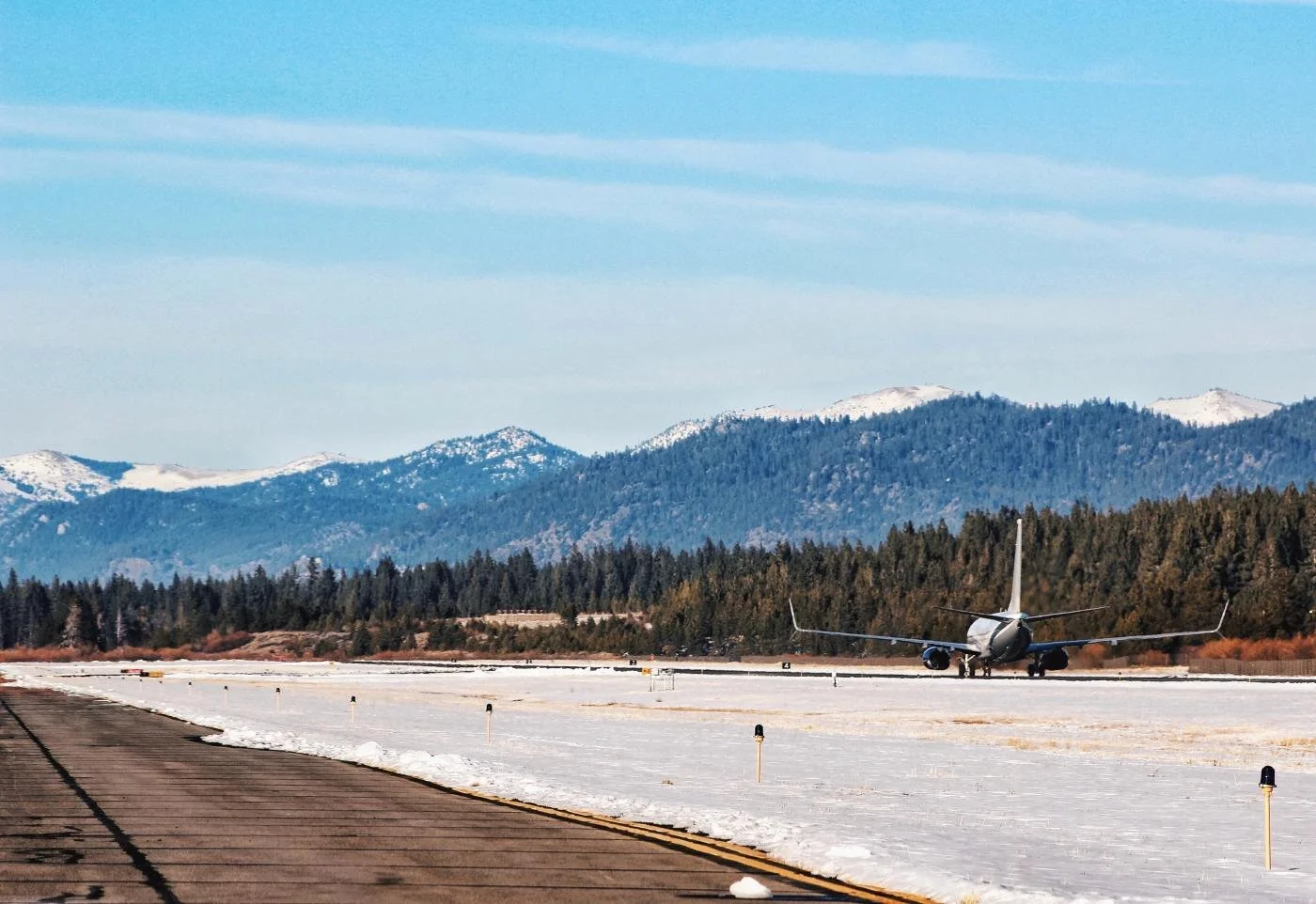It was December 26, a picturesque, snowy evening in my hometown of Tahoe City, California. I was out for a walk with my family in our neighborhood when we saw a car, stopped in the middle of the road. A young man and woman were installing snow chains on their tires.
“Are you guys OK?” I asked.
“Yeah, we’re from L.A. We’re just trying to get to our Airbnb, which is 900 yards away,” the woman responded. She said they didn’t need any help, so we went on our way.
Starting in early December, California Governor Gavin Newsom issued regional stay-at-home orders due to COVID-19 outbreaks throughout the state if area hospitals were experiencing less than 15 percent capacity in intensive care units. In California ski towns such as the Lake Tahoe area and Mammoth Lakes, restaurants, hotels, short-term rentals, and many other businesses were forced to close for the health and safety of their communities during what is typically one of the busiest and most lucrative times of the year. (Ski resorts—along with extensive COVID-19 policies—were able to stay open, as skiing and snowboarding were among the Governor’s approved list of activities.) News headlines in December declared “Lake Tahoe closing to tourists for holiday season.”
But, based on crowded grocery stores, occupied vacation rentals, and lift lines at ski resorts, not everyone was abiding by the travel restrictions.
Read the full story on Ski Magazine’s website.

